I grew up in the countryside, so it may seem strange to call this my first shooting season. But this is the first time I’ve actually held a gun.
A beater
As a farmer’s daughter I was expected to be a beater on the annual rough shoot. I would pile into a trailer lined with straw bales and sit squeezed between the old men and the other children. Our job was to tramp through the woods tapping trees and calling “up,up, up” “hey, hey, hey” to frighten the pheasants over the guns.
I loved those frosty mornings. It was an opportunity to spend all day outside exploring parts of the farm I would never usually see. As a smaller person I was sent into the understory of the most tangled coppices and crawling through the Christmas tree plantation. The old men told me stories about poaching during the war and sneaked me cough sweets. My feet froze in my wellies and the only way I could warm up was cuddling the dogs when we all bundled back into the trailer for the next drive.
As an adult, I still occasionally beat for family and friends. It never occurred to me to shoot. I was certainly not going to stand around looking bored while the men shot – or God forbid, make the lunch.
I recently went beating again up at Glenample Estate with the British Association of Shooting and Conservation (BASC). I was there as a journalist to write about the Young Shots programme that teaches teenagers to shoot. It was a glorious sunny day and watching the beaters have snowball fights it struck me again, they have the most fun. So why switch sides now?
Even though I had been brought up with access to field sports, I had never wanted to learn to shoot. Mostly because I did not like the idea of killing animals and I was frightened. What if I was no good? There is more pressure on a girl to prove herself. In a way this project, to only eat animals I have killed myself, gave me the excuse to try.
Certainly it was an opportunity to take responsibility for the meat I like to eat, which is the whole point of the book. If I wanted to eat pheasant or indeed investigate the ethics of driven game shooting, then I had to try it for myself.
A shooter
Such was my level of ignorance that I did not realise the difference between a shotgun and a rifle. A shotgun, that is used to kill birds or fast moving small game, does not fire a bullet. It fires a cartridge that explodes in mid-air. The pellets or “shot” make a pattern that should be around 30in across at 40 yards. This makes it easier to hit the bird.
I admit it was intimidating to start with, and I was too embarrassed to ask anyone I knew, so I got in touch with The Shotgun and Chelsea Bun Club, a ladies shooting group set up by Victoria Knowles-Lacks. I know what you are thinking, a club with Chelsea in the title run by a woman with a double-barrel name. You could not be more wrong. Chelsea Bun refers to a cake – because we all like to eat lots of them – and Victoria is a self-made young business woman who has worked incredibly hard to create a safe space for women to learn to shoot. At my first lesson at West London Shooting School I found five ordinary women from a variety of backgrounds keen to have a go at a new sport. Female company did make it easier to ask silly questions like should it really dig into my bra strap like this?
All of the women loved shooting clays and many are very good (not me). For those shooting live quarry, I was impressed by the amount of thought they had put into the ethics. That is why they were there, to learn how to be better shots, so they can kill game well, and yes – take it home for their family.
In Scotland I have lessons with Gladrags and Cartridge Bags, which has just set up the equivalent all-women’s club north of the border. I write an article about them for The Scottish Field. Again I am impressed by the variety of women there, including a couple of vegetarians who obviously just want to shoot clays. Despite the British obsession with class, no one is here because they saw it on Downton Abbey. Yes, there is mutual admiration of a lot of tweed, but handling a gun properly, learning about the wildlife and acquiring a new skill was more important than the fashion.
It was important to have lots of lessons just to get automatic gun safety, or should I say etiquette. To endanger anyone else is considered worse than rude. It is absolutely key to know what you are doing with a gun, to take it out of the case broken and check both barrels are empty and to walk with the gun broken so that everyone can see. The most important rules are memorised in a child’s poem “Never ever let you gun pointed be at anyone…”
By the time I went on my first shoot, I feel safe, which is the most important thing. The chat is a little different from the beaters. It is more serious. Everyone is given a pep talk before the day begins. “Clear blue sky”, meaning only aim into clear sky, “no ground game” and “enjoy yourself”. I have an elegant single barrel 12 bore shotgun, probably made in the early 20th Century. The delicate scroll engravings were often done by women. It’s not the easiest gun, but I have practised and I have an experienced shot to look after me.
It is another beautiful winter’s day and I do enjoy the cold on my cheeks. But it is different from beating. My adrenaline is pumping, the golden winter stubble is brighter and the skeletons of the trees stand sharp against what is indeed a clear blue sky day.
I wait on a peg outside a wood and listen to the beaters coming towards me. “Up, up, up”, “Hey, hey, hey”. Songbirds come chittering out of the trees followed by pigeons tumbling through the branches. I keep my gun down, then the pheasants come. You can hear the distinctive clatter of the wings, with just the faintest whistle. The first few drives I hesitate and miss. The elegant long tails soar out of sight. It is only when I focus and remember the instructions to shoot well ahead of the bird “bum, belly, beak, bang” that I bring a cock pheasant down. It happens so quickly. I watch a spaniel haring towards me with a look in his eyes that says “look, look what I have brought you, it is all that you asked for.”
I realise writing about pheasant shooting will divide people. It is difficult to sum it up in a short blog and reflect the complexity of the argument. All I can say is please make a comment. This blog is about understanding where our food comes from. This is my first season and I intend to be doing a lot more research, as well as seeing how domestic birds are raised and killed. As one of the beaters said to me, “it’s better than battery chickens, they are slaughtered after 42 days, at least your pheasant got to fall in love…” There are so many aspects to cover: the management of the countryside, how we treat the meat we eat, corporate shoots, the class system in Britain…
An eater
This blog is a story not polemic, but there is one thing I will be judgemental about and that is respecting the game you kill. If you kill it, you should use it.
I am taught how to pluck and dress the bird and although it is hard work it makes me appreciate the day and the beauty of the pheasant. The feathers fall russet and glossy green, like the winter’s day.
I cook the breasts with lemon thyme and eat them listening to a programme on the BBC about conservation and shooting. A woman from the RSPB praises farmers who shoot for improving the land for all sorts of wildlife.
I have to confess pheasant is my favourite dish. It reminds me of childhood, of Sunday roasts, picking the lead pellets out of the meat, knowing exactly where it came from and remembering a fine day outdoors. I don’t think I realised how lucky I was.

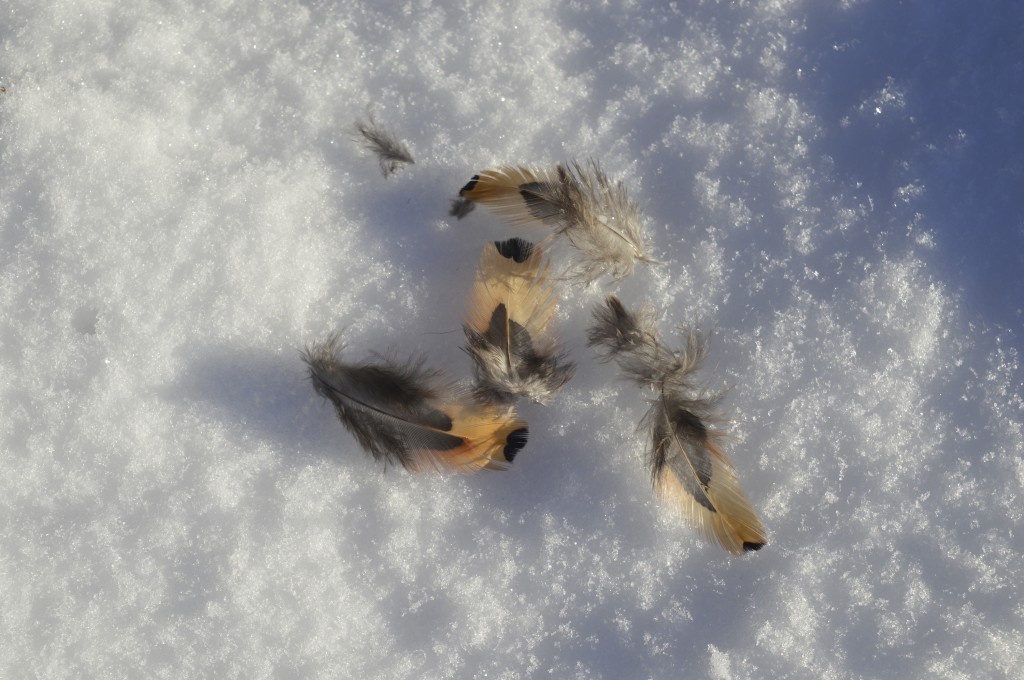
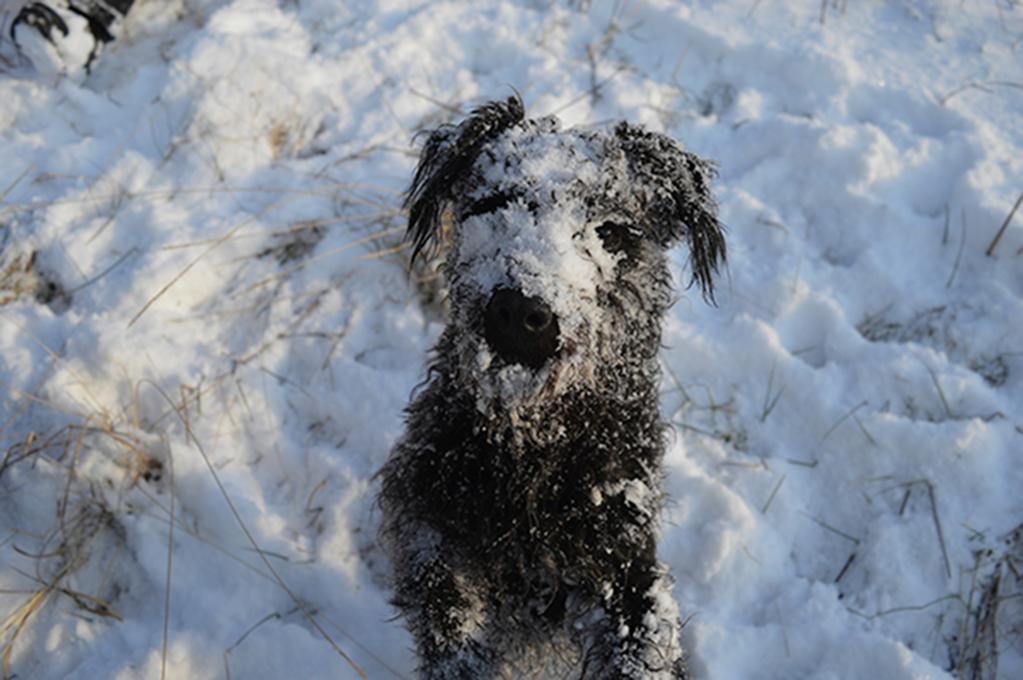
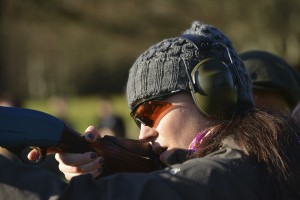
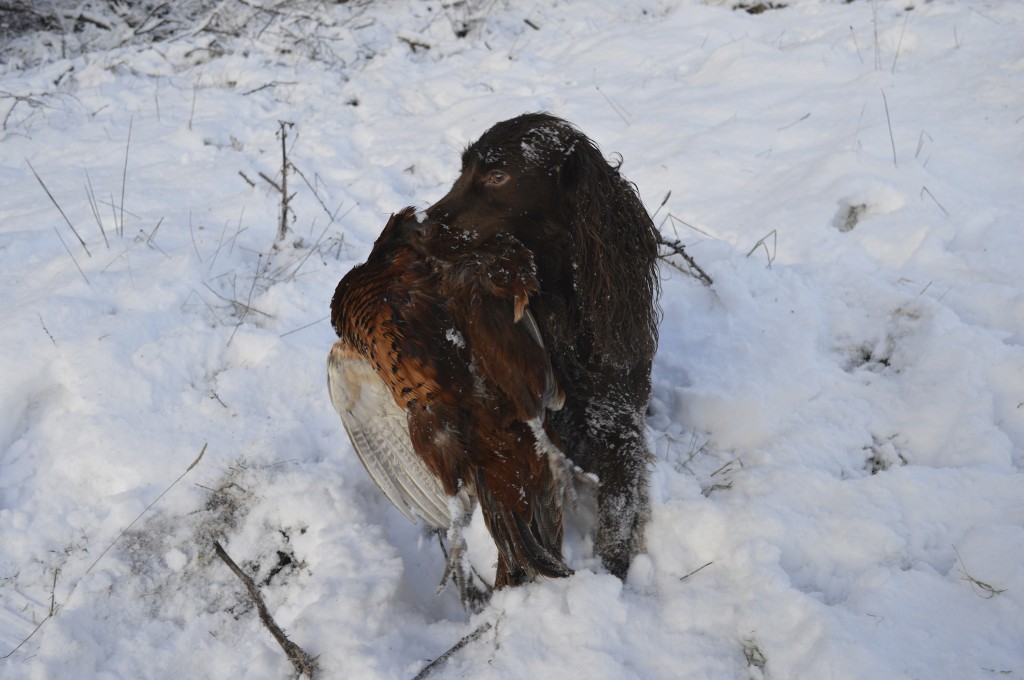
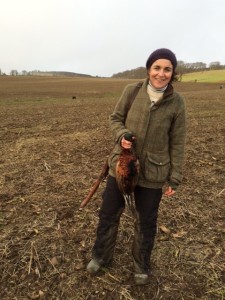
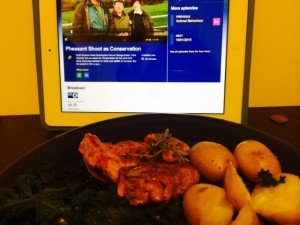
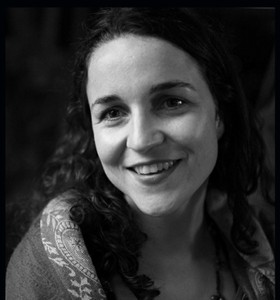
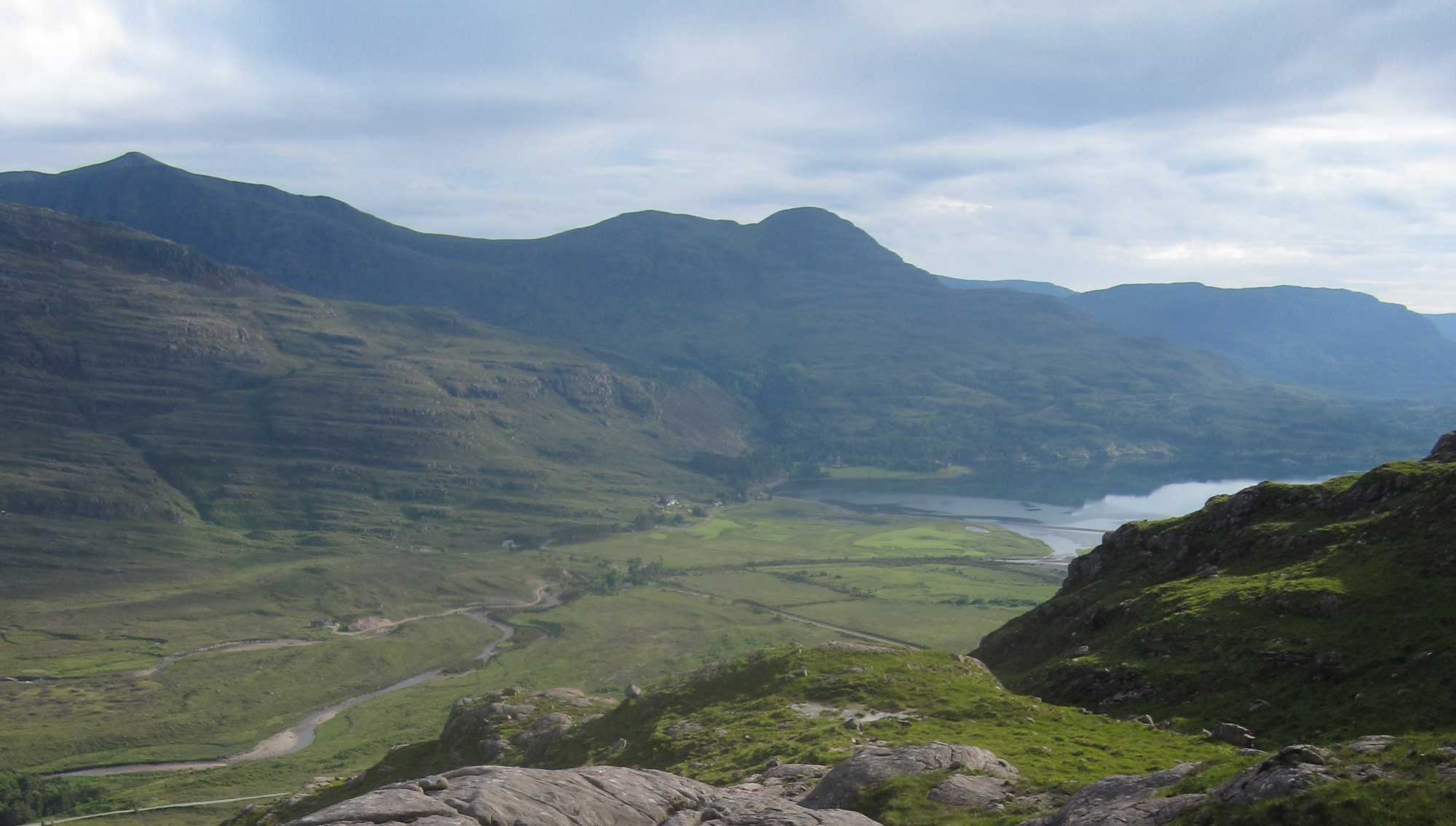
I am interested in what you write, Louise. Your subject is broad, it concerns the mastery of a dicipline, the killing of animals, the British class system and of course whether we would starve if no one shot pheasants or other wildlife, the answer to which is no. In addition you touch on the management of the countryside and how that countryside has been shaped by the conservation that goes along with shooting wildlife, and incidentally, hunting foxes… I think class has less to do with these pursuits now and that money counts. A friend of mine beats on West Dean Estate in West Sussex and he is out there right through the winter three or four days a week. This is corporate shooting where most of the guns are happy to shoot some pheasants but not to touch them or take them home. Every day there are a pile of birds that are left on site. This is a far cry from a couple of shoots a year organized for neighbours and friends. A broad subject…
You’re telling me… Why doesn’t anyone pick up the pheasants to eat or sell them? Surely they are worth something? I’d like to visit bigger corporate shoots. Surely part of the status from shooting should be from knowing what to do with the bird afterwards? I’d like to see them teach the city boys who come out to shoot as part of the day. I actually think they’d enjoy it and isn’t it about time the culture changed? Isn’t shooting for the sake of it rather vulgar now?
Hello Louise a lovely article many thanks ks for sharing. I must admit your beating adventures do sound fun! I have recently been fortunate to go shooting a number of times in England (I also shot with my father in Italy on a handful of occasions as a young lad) and I must say that it is a very enjoyable activity and something that I really look forward to doing when in good company and on well-managed shoots. I would say it I orders of magnitude less cruel than raising battery chickens, for example. Regards
Hi Louise
I follow you on twitter as Birdblogger
I am another that used to shoot but now prefer to photograph them. I gave up ten years ago. This winter I went beating nearly five days a week on a pheasant/partridge shoot here in Perthshire and there were a few lady guns but mainly men. I love the craic and being out in all weathers and observing the rest of the wildlife.
As to the ethics I have always regarded driven shooting as another form of farming. The birds are bred and put down on the various shoots. They live a good outdoor life, are generally protected from predators, and when their time comes it comes much the same way as sheep, cows chicken etc
I do believe that on occasion there are guns that don’t necessarily respect what they are killing and just pay their thousands shoot a few hundred birds and then leave without taking a brace home with them and the remainder are sent of to the game dealer for 65p a bird.
On some of the Dutch owned shoots in Scotland at the end of the day all the birds are laid out on the lawn and all the guns and beaters surround them and drink toasts to the birds. A nicer idea.
I hope you don’t get sucked into the grouse shooting/hen harrier debate in all your research.
Best regards
Craig Nash
Hi LOUISE, just to let you know that I am very busy guarding the log burner and getting fit for the next pheasant season
Hope to see you soon
Scruffy
Ps. Liked the photo